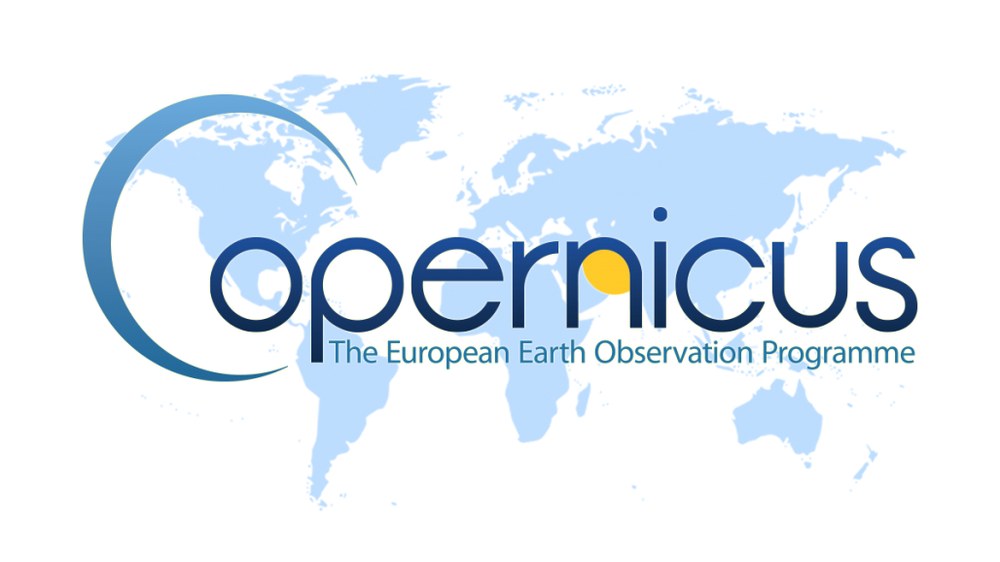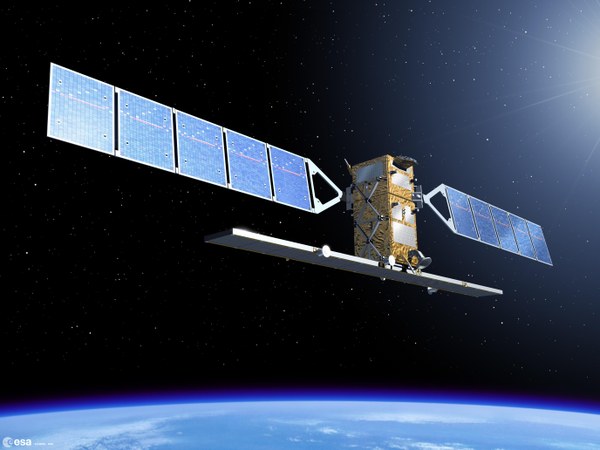Copernicus: The European earth observation programme
Copernicus is a joint initiative of the European Union (EU), the European Space Agency (ESA), the European Organisation for the Exploitation of Meteorological Satellites (EUMETSAT), and their member states. Based on both existing and innovative earth observation technologies, Copernicus makes available global data from its own fleet of earth observation satellites (Sentinels) and establishes operational geoinformation services for monitoring the environment and for civil security. These services are tailored to meet the requirements of European users and focus on the fields of environment, climate protection, sustainable development, humanitarian aid, and security issues. They also make use of data from other national and commercial satellites, as well as geoinformation from many other branches. Copernicus Sentinel data and the products provided by the Copernicus services are available free of charge to all, without distinctions being made between scientific research and economic value adding. This is not only the case for European citizens and facilities, making Copernicus the largest earth observation system worldwide.
Copernicus has four interlinked components:
- Copernicus-specific, satellite-supported earth observation systems (the Sentinel satellites) and the associated mission control and payload ground segment
- Use of existing national and commercial earth observation systems
- Ground- and aerial-based monitoring systems (in-situ components)
- Data distribution via the internet and availability of IT resources
- Copernicus core geoinformation services
- Copernicus downstream services and national programmes
In addition, European science programmes (H2020, HorizonEurope) support the analysis and use of Copernicus data and services. By means of competitions (Copernicus Masters; see link) and specific measures, particularly start-up companies are motivated and assisted to develop innovative and sustainable business models built around the Copernicus Programme.
Copernicus is linked internationally with many countries and their programmes and represented in international organisations and committees.
DFD and European earth observation missions
In addition to some national earth observation activities in Europe, the European Space Agency ESA initiated European systems with the earth observation satellites and radar payloads ERS-1 (1991) and ERS-2 (1995). The ENVISAT satellites (2002 to 2012) continued the measurements made by the ERS satellites, supplemented by additional sensors to measure environmental and atmosphere parameters. In all three European missions DFD played a prominent role in the acquisition, processing, archiving and distribution of the data by functioning as an ESA Processing- and Archiving Facility/Center (PAF/PAC). By the end of the project in 2017 a total of some 4.1 million ESA data sets representing a total of over 800 terabytes were available in DFD data archives.
Already by the end of the 1990s it was clear that the ESA statutes could not alone guarantee the continued financing and operation of a global monitoring system. After all, to meet a comparable need, EUMETSAT had been founded in 1986 to monitor the weather from space. Under the umbrella of the European Commission, the EU member states as well as European aerospace and environmental organisations conceived GMES (Global Monitoring for Environment and Security). The GMES concept was subsequently refined and supplied with funding by the European Commission and ESA. A fleet of earth observation satellites (Sentinels) was agreed, and in 2014 GMES was renamed “Copernicus”.



